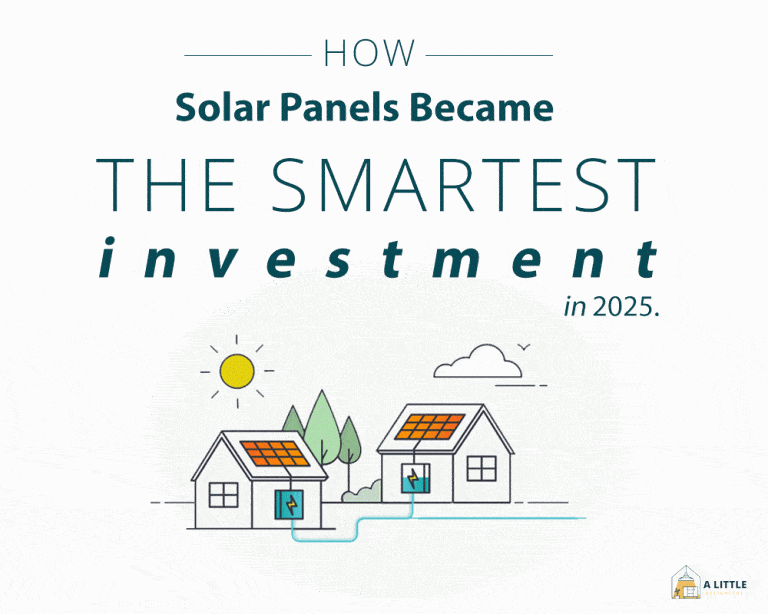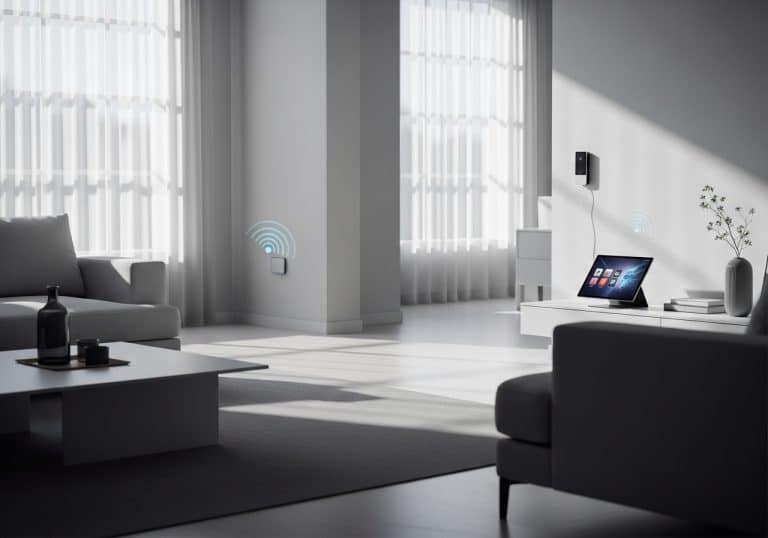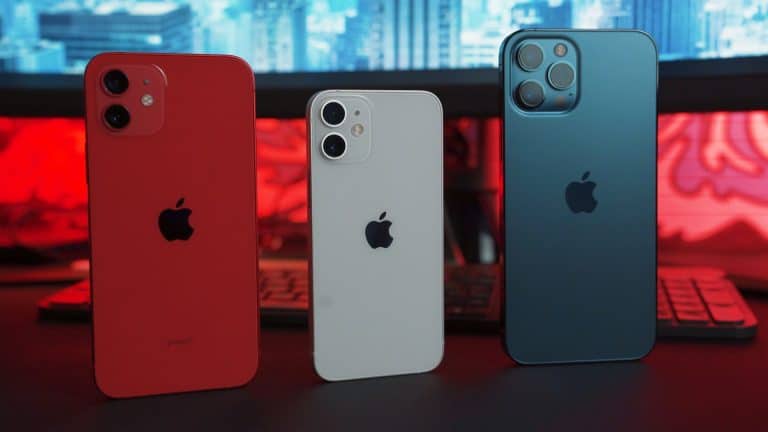Why Smart Access Control is Becoming a Must for Modern Workplaces
The way we think about workplace security has evolved far beyond badges and keycards. In modern offices, safety and efficiency are no longer separate conversations. Companies are adopting smart access control systems that make entering a building feel as intuitive as unlocking a phone. This isn’t just about tech for tech’s sake. It’s about designing workplaces that are adaptable, secure, and human-centered in a world where the line between physical and digital work keeps blurring.
Rethinking The Modern Workplace
Today’s office is more than a place where people show up to work. It’s a dynamic ecosystem with flexible schedules, hybrid models, and shared spaces. Security needs to keep up with that flexibility. Traditional lock-and-key systems feel prehistoric when employees can work from anywhere, anytime. That’s where smart access control steps in.
Instead of managing a maze of badges and physical keys, businesses now rely on cloud-based systems that recognize faces, phones, or even specific access times. These systems don’t just protect assets—they adapt to the rhythm of modern work. When an employee forgets a badge, they can still access the building through a secure mobile credential. When contractors need temporary entry, admins can grant limited permissions remotely. It’s convenient without compromising safety.
The real transformation lies in integration. Smart access isn’t a standalone upgrade; it’s part of a broader digital ecosystem that ties into energy management, visitor logs, and occupancy analytics. The result is a workplace that’s not only more secure but also smarter about how it uses space and resources.
Designing Security That Thinks Ahead
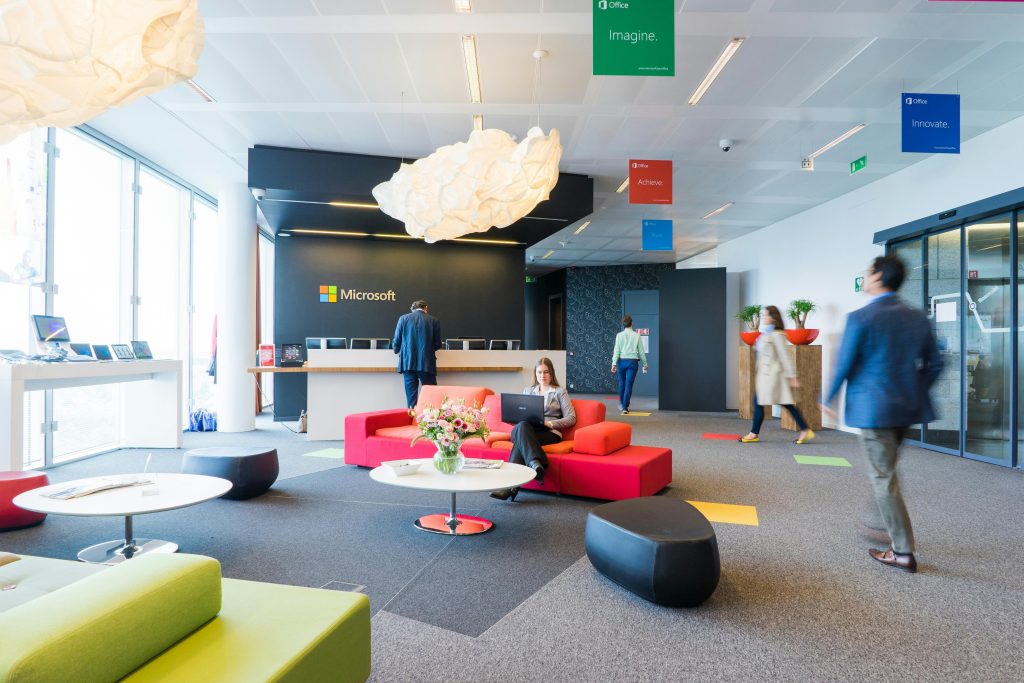
If you walk into a building designed in the past five years, chances are its architecture includes digital infrastructure baked in from the start. One key concept that often gets overlooked but plays a major role in this design philosophy is egress in construction, essentially, the way people exit a space safely and efficiently. Modern access systems are being built with egress in mind, ensuring that in emergencies, technology supports rather than obstructs safe evacuation.
Gone are the days of fumbling with locked doors during a drill or relying on manual overrides. Smart systems now balance security with responsiveness. They can unlock specific zones automatically when alarms trigger, guide occupants to exits, and even provide data to help first responders understand building occupancy in real time. It’s the kind of forward-thinking design that treats safety as part of a seamless user experience rather than a set of rigid protocols.
Integrating access technology with architectural planning also helps companies future-proof their investments. As building codes evolve and sustainability standards tighten, access systems that can adapt to new regulations become a long-term asset rather than an operational burden. This blend of safety, adaptability, and intelligence is fast becoming the gold standard for any modern workspace.
The Rise Of Smart Credentials
For employees, convenience is often the first thing they notice about smart access. The days of badge replacements and forgotten fobs are numbered. Phones, wearables, or even facial recognition can now serve as keys. But the bigger story is how these credentials fit into a company’s digital identity system.
Using commercial access control as part of a broader security network means every access point—physical or digital—can be managed under one umbrella. It’s not just about unlocking doors; it’s about unifying security policies across platforms. When an employee leaves the company, their access to both the building and corporate systems can be revoked instantly. That level of synchronization reduces risk, saves time, and builds trust.
The move toward multi-factor authentication in physical spaces also adds a new layer of protection. A smartphone credential backed by biometrics is far harder to duplicate than a plastic card. And because these systems are cloud-managed, updates and patches can be rolled out across multiple locations in minutes. In the context of large enterprises, that agility can make the difference between prevention and vulnerability.
Data, Privacy, And The Human Element
Security technology often raises eyebrows when it comes to privacy. Employees want to feel protected, not watched. The best smart access systems strike that balance by prioritizing transparency and minimal data collection. Facial recognition, for example, can be stored locally or anonymized to ensure compliance with privacy laws.
The key is communication. Companies that explain why and how data is used build stronger workplace culture. Employees tend to embrace innovation when they see how it benefits them—fewer interruptions, smoother entry processes, safer buildings. When people understand that technology serves them rather than monitors them, resistance fades and engagement rises.
Smart access systems also generate valuable insights, helping organizations understand how spaces are used. That data can inform decisions about office layouts, staffing needs, or even sustainability goals by tracking occupancy patterns. When implemented ethically, this creates a loop of continuous improvement that benefits everyone in the building.
Cost Efficiency And Scalability
Implementing smart access control can sound expensive, but the long-term math tells a different story. Traditional systems often come with hidden costs—lost keys, manual resets, and frequent maintenance calls. Cloud-based platforms, on the other hand, eliminate much of that overhead. They allow for remote diagnostics, automatic updates, and integration with existing IT systems, which keeps costs predictable and scalable.
For growing companies, that flexibility is huge. Adding new employees, departments, or even entire office locations becomes as simple as adjusting permissions in a dashboard. There’s no need for new wiring or bulky hardware. This modular approach lets businesses scale security in real time, aligning investment with actual growth rather than guesswork.
It also helps create a unified experience across multiple offices. Employees can travel between branches and access each space seamlessly with the same credentials, reinforcing a sense of consistency and belonging within a company’s ecosystem. In a world where corporate culture is increasingly decentralized, that cohesion matters more than ever.
Sustainability And Smarter Design
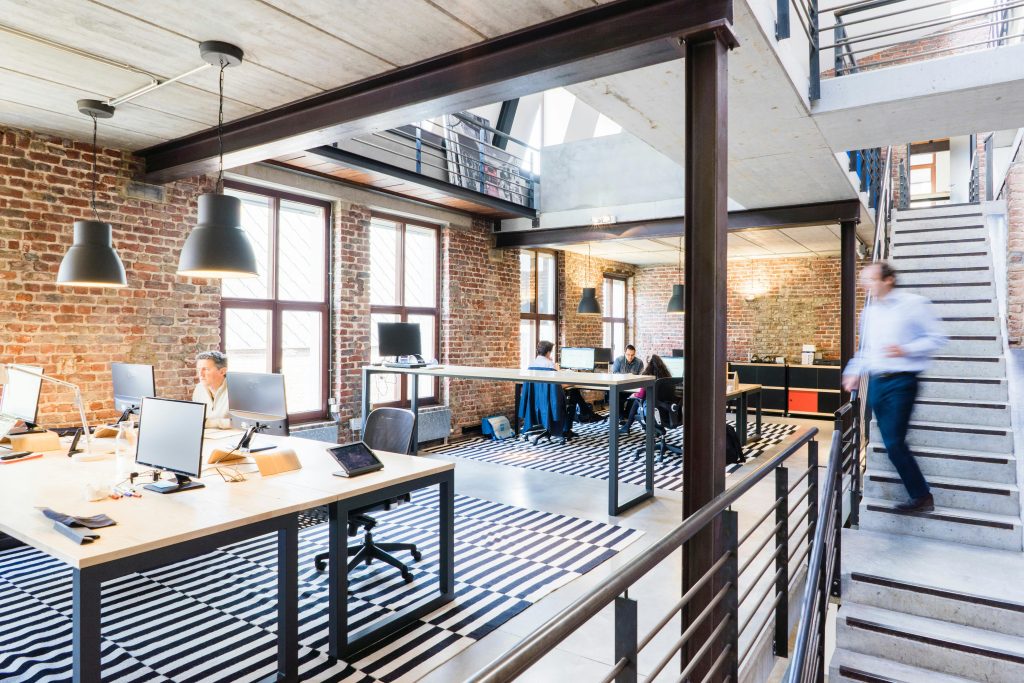
Sustainability and security might seem like separate conversations, but in modern construction, they’re deeply intertwined. Smart access control reduces waste by eliminating disposable cards and plastic credentials. It also plays a part in energy efficiency. When access systems are linked with lighting and HVAC, they can automatically adjust based on occupancy. That means empty rooms aren’t unnecessarily heated, cooled, or lit.
This synergy not only lowers utility bills but also supports corporate sustainability goals. Many businesses now include intelligent building systems in their ESG reporting, using measurable data from access technology to demonstrate environmental responsibility. What used to be a niche upgrade has become a visible part of a company’s commitment to sustainable operations.
By pairing environmental consciousness with digital innovation, smart access control shows that security can be both responsible and efficient. It’s a rare example of technology that serves people, planet, and profit all at once.
Where It’s All Heading
The shift toward smart access isn’t slowing down. As workplaces continue blending physical and digital environments, companies are rethinking what it means to feel safe and connected. Security is no longer a static feature—it’s an adaptable framework that grows with the organization.
In the next few years, we’ll likely see even tighter integration between building systems, employee wellness programs, and operational analytics. The office of the future won’t just recognize who you are; it’ll understand how you work best. And the foundation for that intelligence starts at the door.
Closing Perspective
Smart access control has become more than a line item in a facilities budget. It’s part of how companies build trust, efficiency, and identity in a constantly evolving workplace. The technology continues to prove that safety and convenience can coexist beautifully, and that when they do, everyone benefits.






